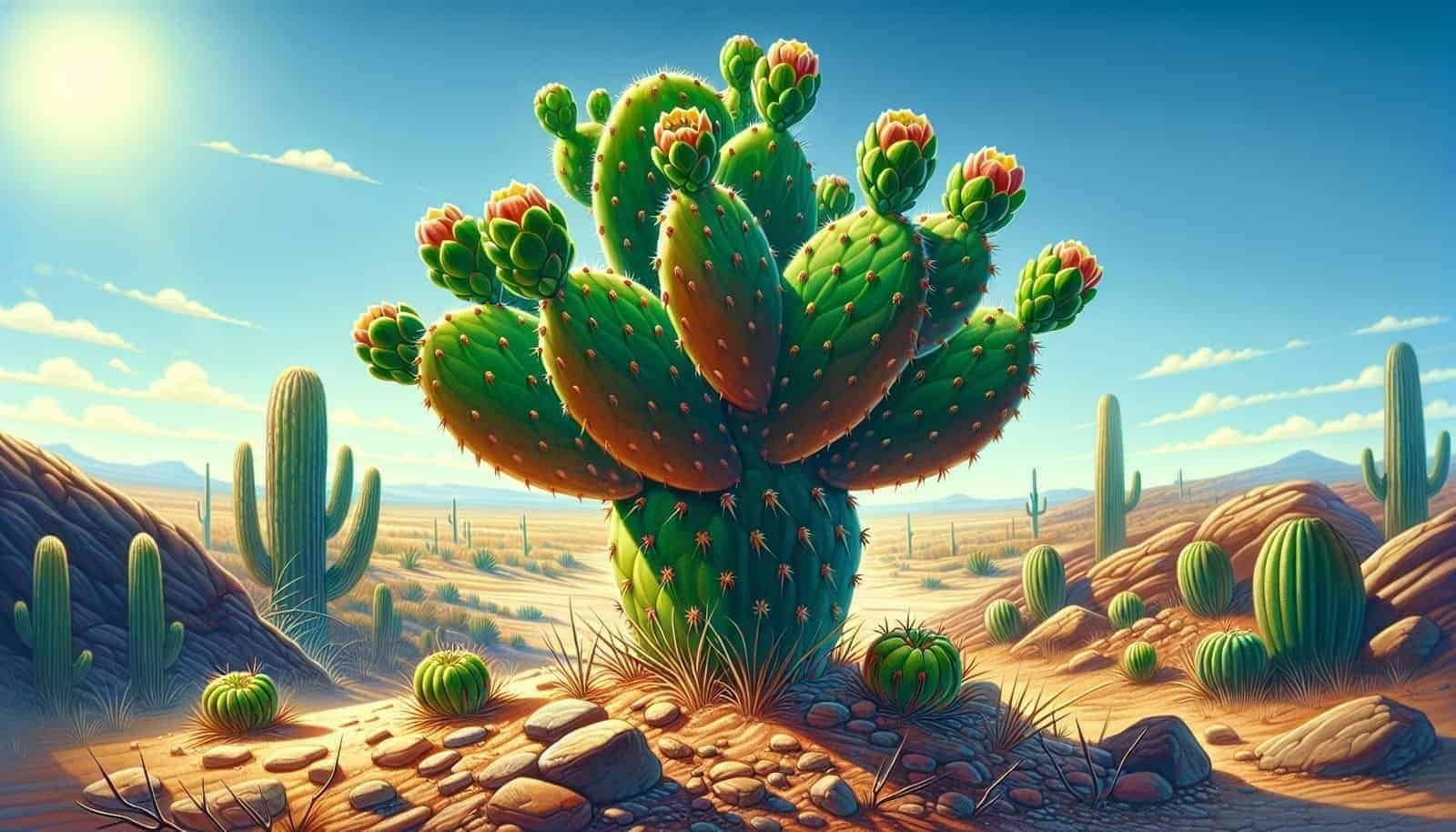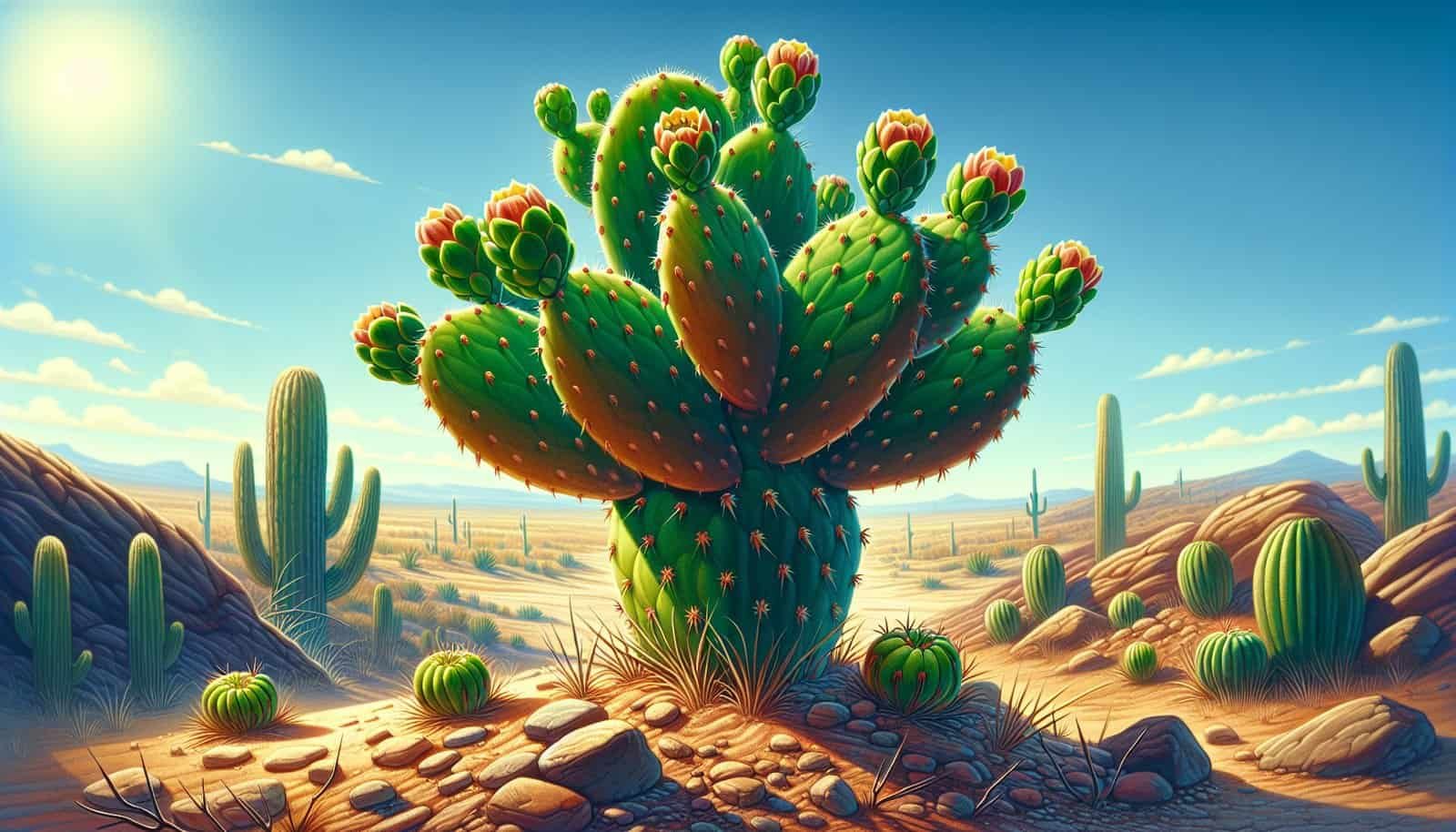Have you ever considered growing a resilient plant like the Nopal cactus even when faced with less-than-ideal soil conditions? If so, you might already know that the Nopal, or prickly pear cactus, as it’s commonly known, is often lauded for its hardiness and minimal care requirements. Being native to arid and semi-arid regions, this cactus is naturally accustomed to thriving in tough environments. However, if you live in an area with poor soil and worry that such conditions could be a dealbreaker for your green-thumb aspirations, worry not. There’s plenty you can do to nurture this fascinating plant, even in less-than-perfect soil.
Understanding the Nopal Cactus
The Nopal cactus is not just any ordinary plant. Commonly known as prickly pear, it belongs to the Opuntia genus and is recognized for its paddle-shaped cladodes, which are often referred to as pads. Apart from being visually appealing, the Nopal cactus is celebrated for its impressive drought tolerance and ability to adapt to various environmental conditions.
Key Characteristics
To begin with, Nopal cactus has fleshy, water-storing stems that enable it to survive long periods without water. The thorns, though sometimes intimidating, help protect the plant from herbivores while providing some shade, thus reducing water loss.
Uses and Benefits
Beyond its resilience, this cactus is valuable for more than just gardening enthusiasts. It boasts a variety of uses ranging from culinary to medicinal. The pads and fruits of the Nopal cactus are edible and can be used in various dishes. Moreover, many people value it for its potential health benefits, including aiding in digestion and providing antioxidants.
Understanding these attributes helps you appreciate why so many gardeners, even beginners, choose to cultivate Nopal cactus despite challenging conditions. Most importantly, it demonstrates why this cactus can be a great choice if your soil isn’t up to snuff.
Challenges of Poor Soil Conditions
Many aspiring gardeners face the issue of poor soil, which can be daunting. Poor soil often refers to soil lacking in nutrients, organic matter, or proper drainage, making it less than ideal for growing many plants.
Types of Poor Soils
- Sandy Soil: Often drains too quickly and holds little water or nutrients.
- Clay Soil: Retains water excessively and may become compacted, hindering root penetration.
- Loamy Soil: Though considered balanced, it can still lack sufficient nutrients for specific plants.
- Rocky Soil: Contains more rocks than soil particles, limiting nutrient content.
Consequences for Plant Growth
Poor soil conditions can lead to stunted growth, reduced blooming or fruiting, and increased vulnerability to pests and diseases. These factors can hinder your gardening success, necessitating particular attention and care when cultivating plants like the Nopal cactus.
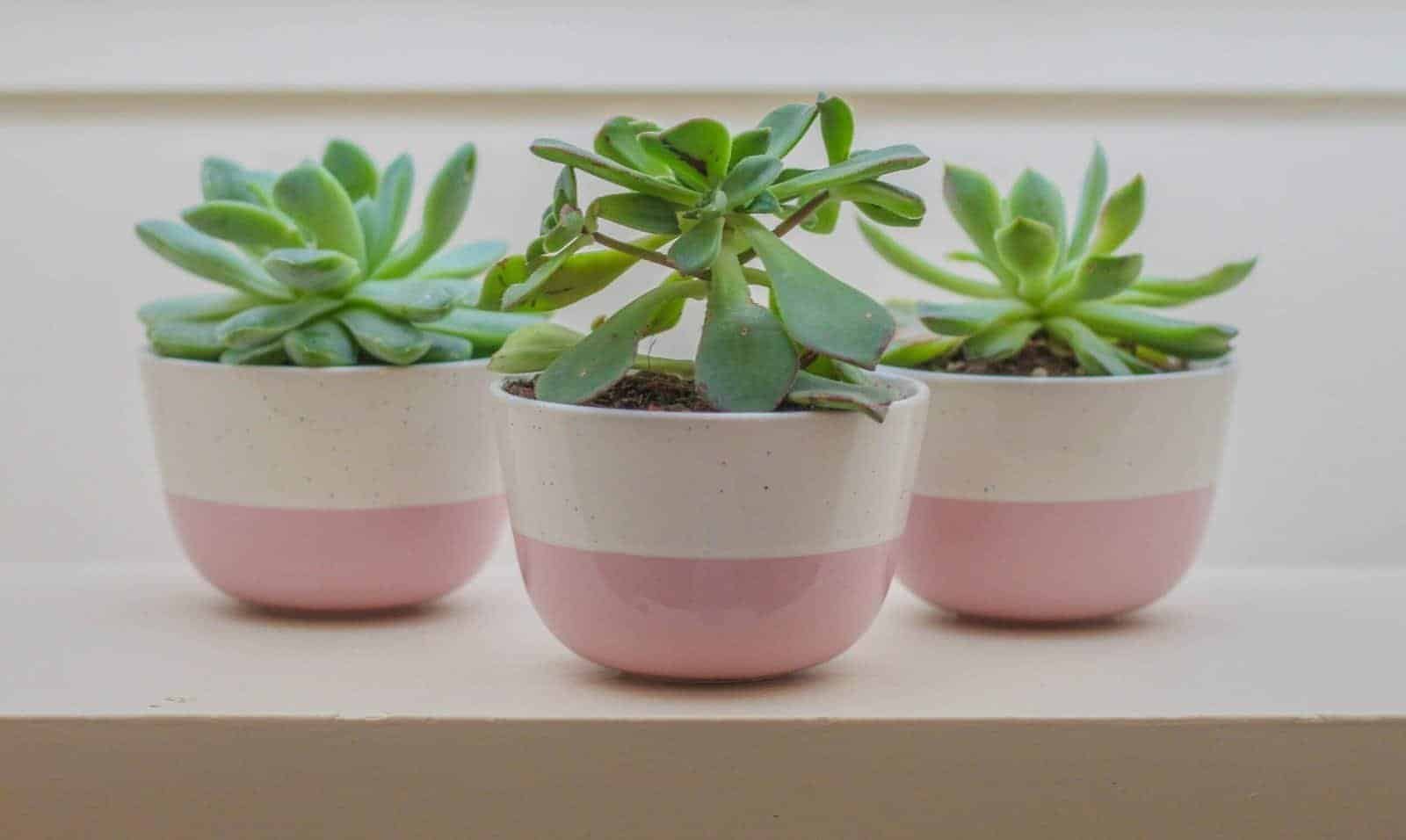
Preparing the Soil for Planting
While Nopal cactus is tolerant to various conditions, optimizing your soil environment can facilitate healthier growth and productivity. Addressing the challenges of poor soil involves a few preparatory steps that make a significant difference.
Soil Testing
Before any amendments, understanding your current soil condition is crucial. A soil test can inform you about pH levels, nutrient availability, and organic content. By knowing what’s lacking, you can tailor your soil treatments effectively.
Amending the Soil
- Improving Drainage: For clay or poorly draining soils, integrating sand or fine gravel can enhance water permeability.
- Adding Organic Matter: Incorporate compost, aged manure, or peat moss to increase nutrient availability and improve soil structure.
- Balancing pH Levels: Most cacti, including Nopal, thrive at a slightly acidic to neutral pH (around 6.0 to 7.0). Lime can be added to raise pH, while sulfur can lower it.
Creating a Cactus Bed
Although Nopal cactus can grow in containers, establishing a well-organized cactus bed simplifies care. Ensure that the bed is elevated or sloped to promote water runoff and prevent waterlogging.
Planting Nopal Cactus
With the soil prepared, planting your Nopal cactus can be as easy as pie. However, doing it correctly increases the likelihood of good health and abundant growth significantly.
Selecting Planting Material
Nopal cacti can be propagated using seeds or cuttings. Typically, cuttings are preferred due to faster growth and a higher success rate.
- Choosing Pads: Select healthy, mature pads approximately six months old. Look for signs of rot or disease and avoid those with blemishes.
- Allowing Calluses: Once the pads are cut, let the wound dry and form a callus. This process usually takes a week and prevents infection and rot.
Planting Steps
- Digging the Hole: Create a shallow hole wide enough to accommodate the cutting without bending.
- Placing the Cutting: Insert the callused pad upright into the hole, burying about one-third of it.
- Securing the Cutting: Use soil to gently secure the pad, ensuring it stands upright.
- Watering Sparingly: Let the area dry for a few days after planting, then water lightly to encourage root development.
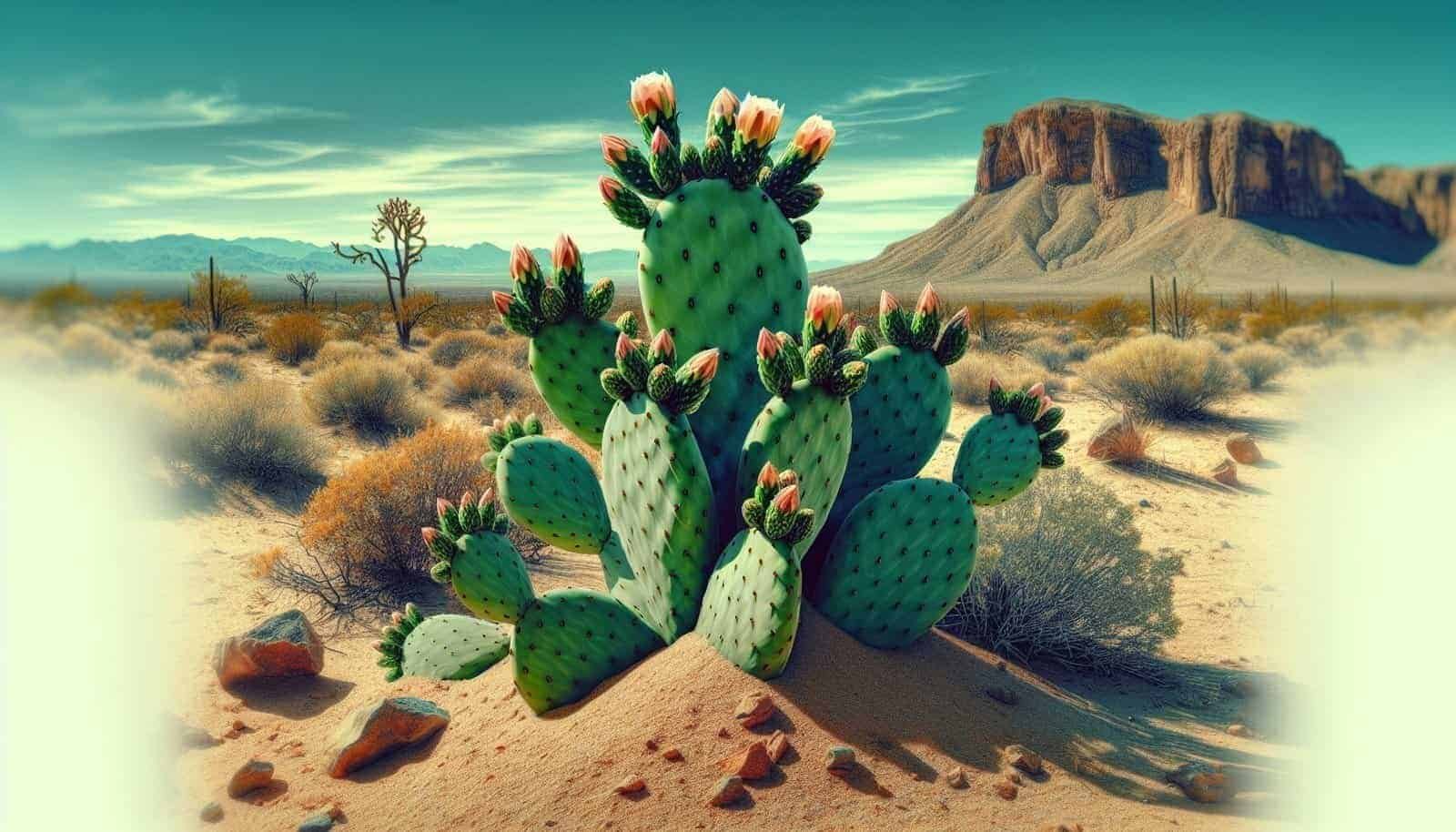
Ensuring Proper Growth
Despite their resilience, Nopal cacti require some care and attention to grow optimally, even in poor soil conditions.
Watering Practices
Nopal cactus is drought-tolerant but needs some water to thrive. During the early stages, regular, light watering is essential until well-established. Once the roots are developed, reduce watering to once a week or less, particularly in dry conditions.
Fertilization
To compensate for nutrient-poor soils, applying a balanced, low-nitrogen fertilizer aids growth without overly stimulating soft, weak tissue. An annual application is usually sufficient.
Pruning for Health
Occasional pruning helps prevent overcrowding and disease and can encourage fruit development. Remove any dead or damaged pads with clean tools to avoid spreading infections.
Troubleshooting Common Issues
While Nopal cactus is low-maintenance, it’s not free from challenges. Some problems might arise, particularly if soil conditions are not appropriately managed.
Pests and Diseases
- Scale Insects: These pests can be removed manually or with horticultural oils.
- Root Rot: Overwatering or poor drainage can lead to rot, which often necessitates replanting in better conditions.
Environmental Stress
Despite reducing care efforts, extreme conditions such as prolonged droughts or unexpected cold spells might affect your cactus. Protective measures like covers or temporary shading can make a difference during stress periods.
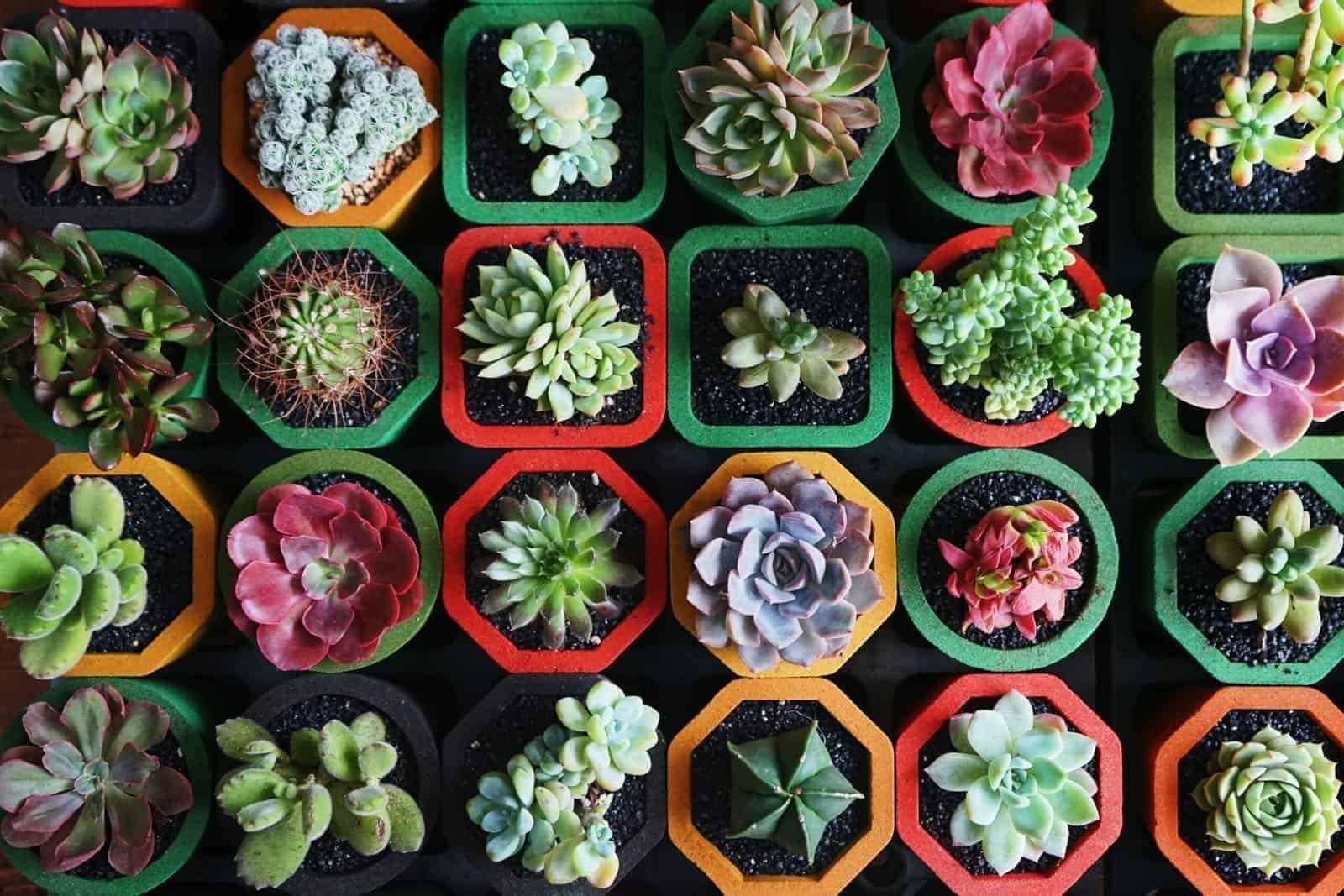
Harvesting and Utilizing Nopal
After you’ve successfully established and nurtured your Nopal cactus, you might want to enjoy its culinary and health benefits.
Harvesting Pads
Select young, tender pads with a bright green color. Use gloves and a sharp knife to cut pads at the joint, minimizing damage to the plant.
Using in Cooking
Nopal cactus pads are a staple in many cuisines. They can be grilled, boiled, or sauteed, making a nutritious addition to salads, tacos, or stir-fry dishes.
Fruit Harvesting
Known as prickly pears, the fruits are ripe when deep red or purple. These can be peeled and eaten fresh or used in jellies and beverages. Always remember to handle with care to avoid the small, hair-like spines.
Embracing Nature’s Gift
Growing Nopal cactus in poor soil conditions may sound challenging, yet it is certainly feasible with the right approach and mindset. This hardy plant proves that even in less-than-ideal conditions, nature provides us with gifts that not only thrive but also offer substantial beauty and utility in our lives. So, get your hands a little dirty, prepare your soil with care, and experience the rewards of cultivating the resilient Nopal cactus!
